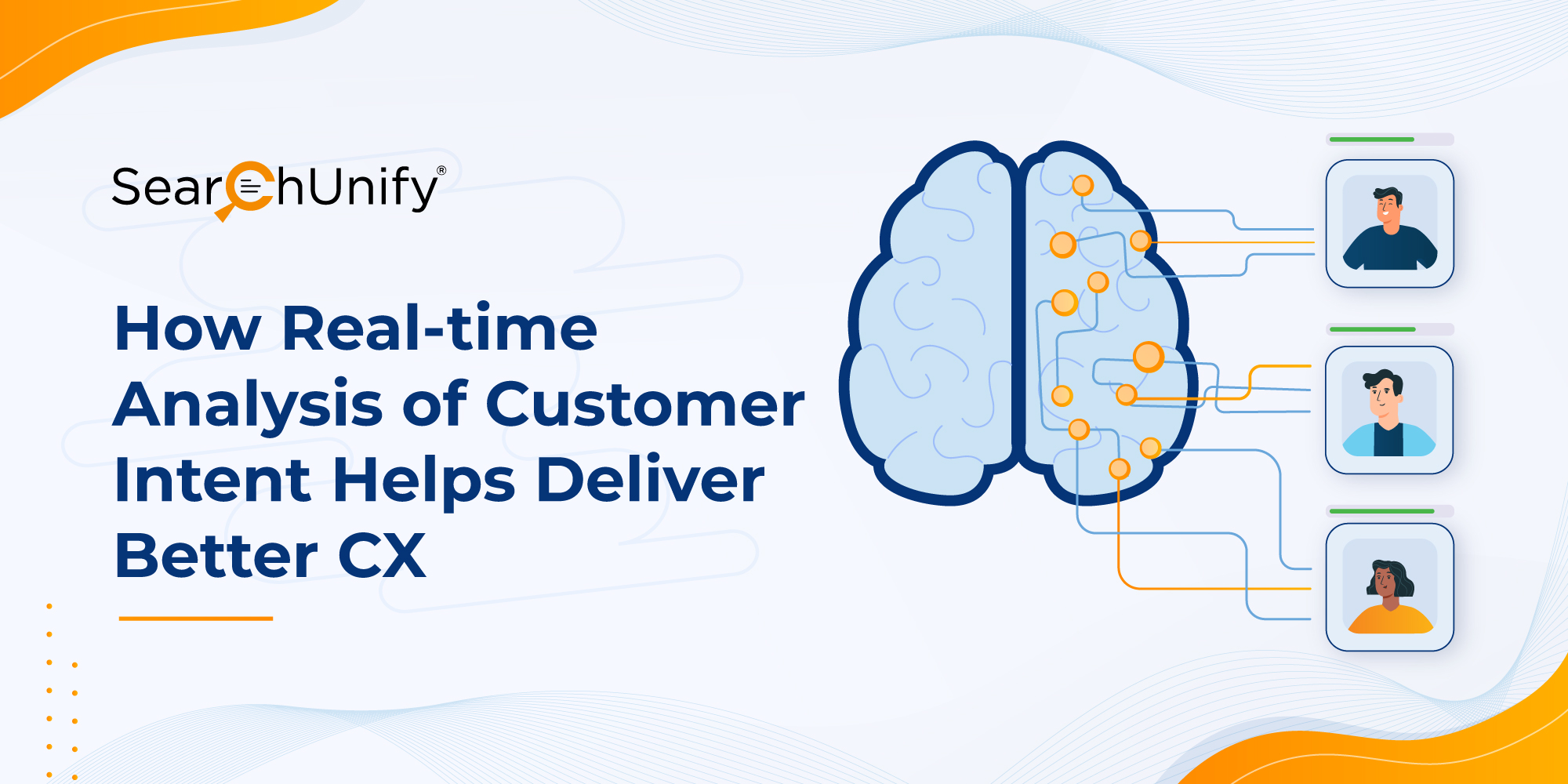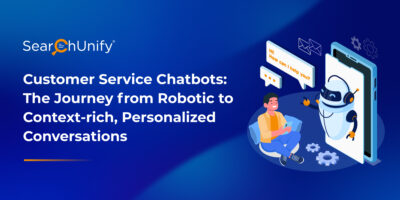
Enterprises today cannot ignore personalization and rely on their product or service alone to drive sales. Despite all the hullabaloo about the rational buyer, most buying decisions still have emotions in the driver’s seat. That’s why businesses leave no stone unturned to win customers over with gripping digital experiences.
More than anything else, a customer will always remember how you made them feel. Hence, every interaction with the customer is a brilliant opportunity for brands to delight prospective customers and convert them into leads. Understanding the intent and then harnessing the power of emotions is as important as it is tricky. Once you get an insight into the core emotions, you can use them as the beacon for your business strategies.
In the words of Roy H. Williams, “The first step in exceeding your customer’s expectations is to know those expectations.”
If you’re interested to find out how user intent plays a crucial role in delivering an improved customer experience, jump right in.
The Interdependence of Intent & Experience
With the influx of multiple B2C and B2B companies, customer expectations only continue to grow. It is important now, more than ever, to know what your customers want, when they want it, and then delivering it to them. That is why the focus of organizations has shifted from producing to deciphering customer’s behavior or intent. And if their needs are not met, it wouldn’t take the consumers long to switch their allegiance to brands that promise a better experience.
AI-powered tools automate the process to find the blind spot before things go awry. They create human-centric models that can intuitively understand the feelings and emotions of customers. Once you know what a user really wants, addressing their concerns becomes easier. But, if you’re still wondering how user intent can be a game-changer, then take a quick look:
1. Uses Personalization to Enrich the Customer Experience
It has become the norm today to know your customer’s needs, requirements, and overall purchasing behavior. The graph to understand a user isn’t always linear. What you can do is use their clicks and previous choices to understand, measure, and evaluate their real intent. The aim here is to make the experience unique, impactful, and personalized, all at the same time. So, once you have figured out the intent, it’s easier to attain a sense of direction.
2. Enables Intent-Based Segmentation
Segmentation helps to continually refine the target audience of a business. Once the target audience has been defined, brands can start campaigns that aim to engage the audience and thereafter achieve predetermined goals. Intent-based segmentation reimages the audience on a highly likely and less likely basis. This equips companies to channelize and optimize their marketing efforts by creating meaningful engagements with prospective customers.
3. Maps Touchpoints Across Channels
Customers use multiple touchpoints across their journey to interact with a brand. Businesses can consolidate this cross-channel data to get a unified view of customer expectation vis-à-vis reality. The resulting data can extrapolate insights that help enhance digital experiences.
3 Challenges that Enterprises Have a Hard Time Tackling
There is no silver bullet to deliver the best customer experience. However, here are the 3 most common challenges that hinder CX Personalization:
1. Lack of a Cross Channel Information Exchange Strategy
The customer’s journey takes them through an array of touchpoints. This leaves enterprises with overwhelming amounts of information. The need of the hour is to gather and analyze this data to extract golden nuggets of information. But how? This is the point where most organizations hit a brick wall – enabling or facilitating the free-flow of data through these channels.
2. Existing Data Silos
The inconsistency of sharing information between different departments of the same organization renders all the accumulated data useless. Trying to gather insight using inaccessible data is like putting together a puzzle without a picture. Until the required data can traverse easily across teams, getting a single or 360-degree view of the consumers becomes a task. Since the teams fail to collaborate with each other, having a vision that is aligned with the common business goal becomes bleak.
3. Disjointed Multi-Channel Support or Channel Blindness
With the growing customer base, it is imperative that the exchange of information between departments is consistent and seamless. Add to that, a failure to provide an amalgamated customer engagement platform results in customer service taking a major hit. In a parallel universe, however, the organizations could unify information to create an optimal experience for customers across all touchpoints.
Want to Know How Intent Analysis Improves Customer Experience?
The key to effectively improve the productivity of the support staff is looking beyond the surface and delving deep into the true needs of customers. This approach facilitates delivering relevant and personalized answers to user queries. But, this is only plausible if the support representatives can easily obtain reliable and accurate information. This is where cognitive platforms step in.
Built on the core of machine learning, a cognitive platform has the ability to automatically learn and deliver contextually relevant content to users at the right time. This is done by incorporating predictive analysis to understand the intent in the moment thus guaranteeing personalization at scale.
For developing the best CX strategy, you need to hit the right chords. The touchpoints and employee workflows must be optimized to ensure the customers have a stellar experience. In other words, both CX & EX play an integral role in keeping customers happy and turning them into brand advocates. How? This webinar explains. It aims to acquaint you with proven strategies to redefine your CX and EX using cognitive technology.


















